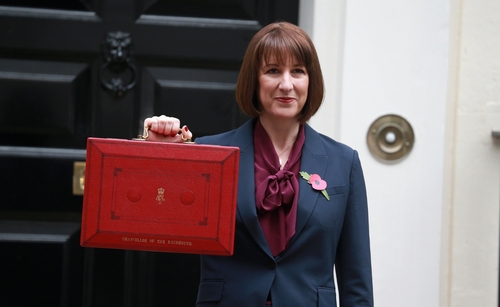Research and Development
Home » Business Tax »
The Research and Development tax relief scheme was introduced in 2000 but many businesses fail to realise that they could potentially qualify under this scheme and obtain significant tax savings and tax credits.
The R&D tax relief scheme is one of the most generous tax reliefs available and what constitutes ‘research and development’ is far more wide ranging then just some form of scientific advance carried out in a laboratory.
RMT have significant experience helping our clients work through the R&D tax relief rules and discussing their projects with them to determine whether they do in fact qualify for the relief. Companies are able to enhance their qualifying R&D expenditure by up to 130% which can reduce their overall tax liability and, in respect of tax losses, may be able to convert these losses into a physical cash payment to aid cash flow.
Over recent years, RMT has helped its clients minimise their tax liabilities and tap into these valuable tax credits from a wide range of sectors. Some of our most recent successful claims have been with the following sectors:
- Computer software
- App design
- Film and television production
- Data storage and retention
- Recruitment services
- Manufacturing and construction services
Research and Development Expenditure Credit (“RDEC”)
Introduced in 2013, RDEC can improve a company’s profit margin and cash flow by reducing tax liabilities and in some cases obtaining an additional tax repayment in a similar way to the main R&D Tax Relief scheme above.
RDEC is an important relief for large companies or for SME’s whose R&D spend does not meet the qualifying criteria for the main R&D Tax Relief scheme (for example due to the way R&D funding has been obtained).
RDEC is an ‘above the line’ credit meaning that it is included in the company’s P&L account before tax and RMT can provide advice on and carry out the necessary calculations to claim the RDEC and save your company time and money.
Patent Box
Since 2013, the Patent Box Regime has provided clients who have profits from UK or EU patents (or those with exclusive licences over such patents) to be able to pay an effective corporation tax rate of only 10% on certain profits deriving from the patent activities.
However, the rules surrounding the Patent Box are complex and the calculation required by HMRC is difficult to carry out without precise accounting records.
RMT are able to guide you through the process and determine whether your company can qualify under the Patent Box Regime and help in calculating any potential tax benefit that you can obtain from such activities.
In this section




